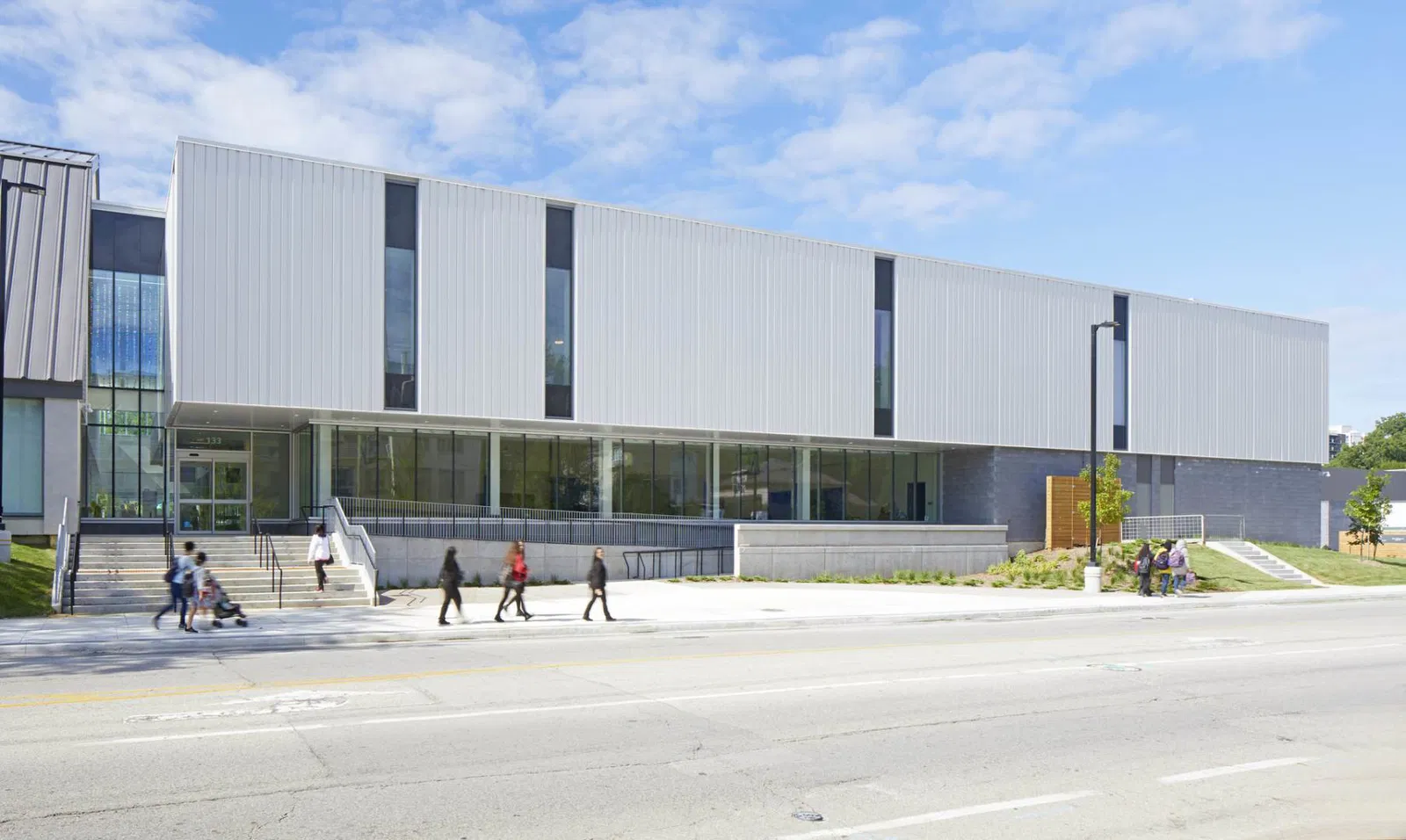
MTE's Involvement
A key feature of the arena redesign was the preservation of its original wood truss roof, a designated heritage element that was carefully integrated into the new structure. The revitalized facility now includes an NHL-sized ice pad, a two-bay garage, a seniors’ centre, public meeting rooms, a full-sized gymnasium, an indoor walking track, and exterior washroom facilities.
Additionally, the project introduced a new two-storey fire hall to the site, further enhancing public service infrastructure within the community.
MTE was proud to support this important project as the Civil Engineering Consultant, contributing to the transformation of this well-loved community centre.
Our team played a key role throughout the design and construction phases, which included the reconstruction of the historic Oakville Arena, the development of a new fire hall, renovations to the existing community centre, and the reconfiguration of the overall site layout. A notable highlight of this project was the successful preservation of the arena’s original mid-20th century trusses, an important feature of this designated historic structure. The overall redevelopment was also completed to meet LEED Silver standards, supporting sustainable design practices.
This project was delivered using the Integrated Project Delivery (IPD) model, which brings together the owner, architects, engineers, and contractor into a single collaborative team from the outset. The IPD approach emphasizes shared goals, cost transparency, and streamlined decision-making, helping the project stay on time, on budget, and aligned with the Town’s quality expectations.
The 15-acre site originally included the arena (built in 1951), outdoor pool and change rooms, a community garden, play structures, and various sports fields and courts. As part of the revitalization, MTE was responsible for site grading and servicing design for the arena, fire hall, and other community amenities, as well as the reconfiguration and relocation of tennis courts, basketball courts, and playgrounds.
Our stormwater management strategy emphasized reducing impermeable surfaces and incorporating both structural and low-impact development (LID) measures. These included bioswales, Oil-Grit Separators (OGS), flow restrictors, catchbasins, and storm sewers. The system was designed to effectively manage and treat stormwater runoff, protect water quality, and contribute to the facility’s LEED Silver certification.